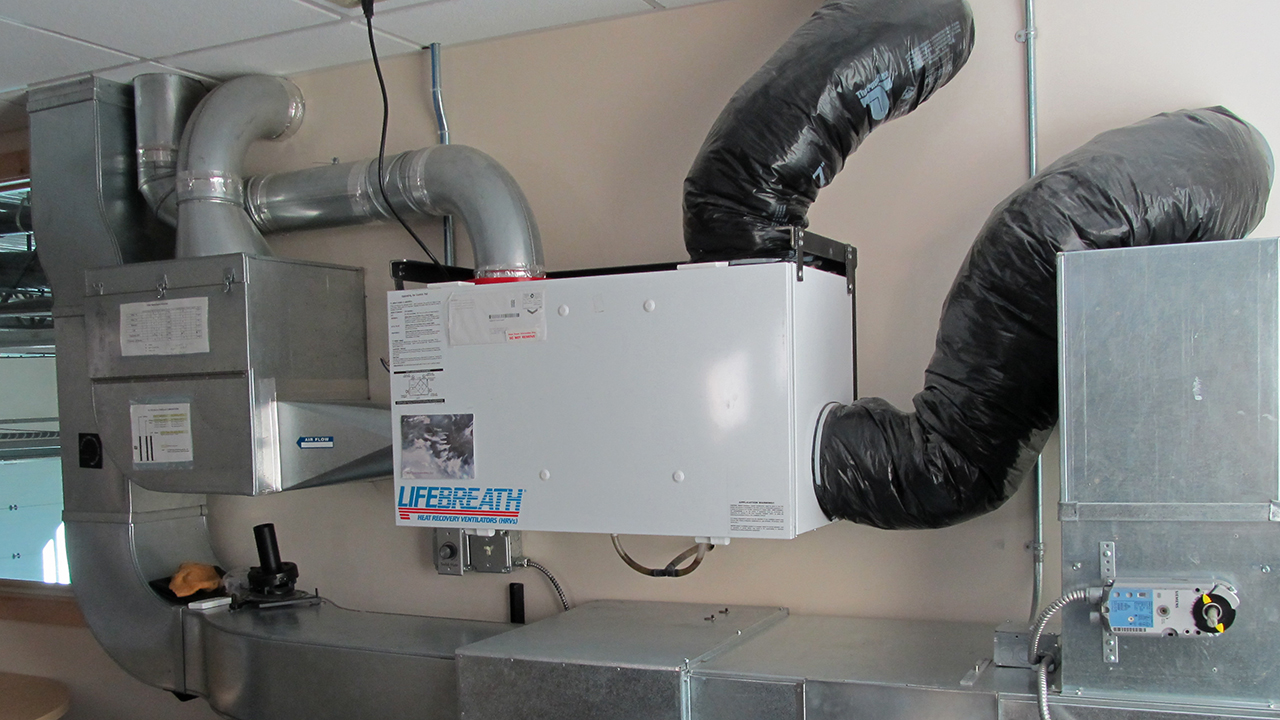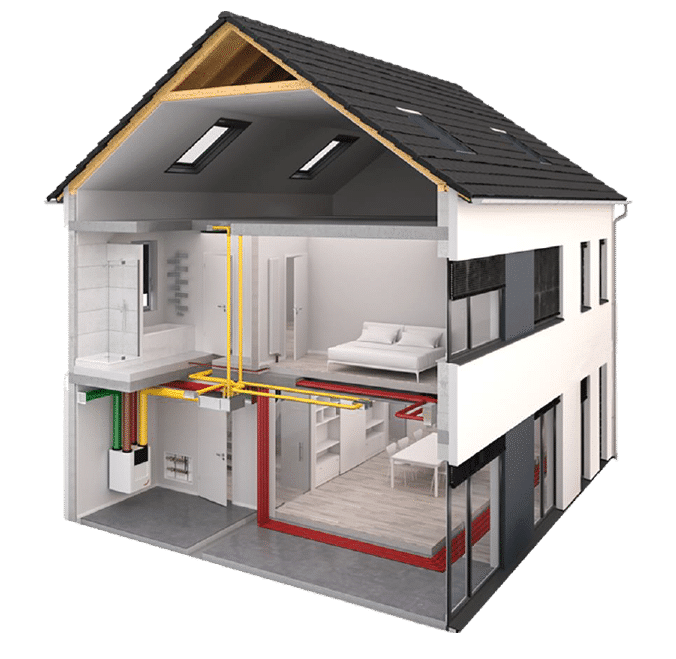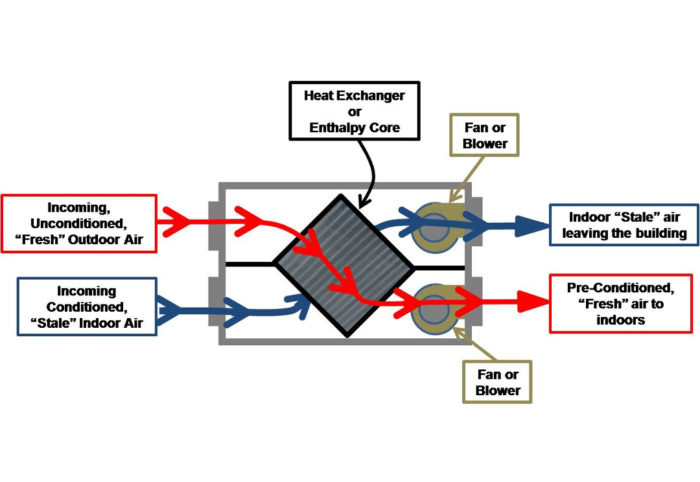How HRV Balances Indoor Moisture Levels
Discovering the Perks of Heat Recovery Ventilation for Power Performance in Homes
Heat Recovery Ventilation (HRV) systems offer property owners a useful approach to boosting power performance. By reclaiming warm from outgoing air, these systems can significantly minimize cooling and heating costs. Additionally, they give a constant supply of fresh air, improving indoor air quality and convenience degrees. As house owners think about sustainable alternatives, understanding the subtleties of HRV systems ends up being progressively vital. What aspects should one review prior to making such an investment?
Recognizing Heat Recovery Ventilation Solutions

How HRV Improves Indoor Air High Quality

Power Financial Savings: The Financial Advantages of HRV
Taking full advantage of power performance, heat recovery ventilation (HRV) systems supply substantial economic advantages for home owners. By recouping and recycling warmth from exhaust air, HRVs markedly reduce cooling and heating prices. This modern technology can cause power financial savings of approximately 30%, relying on climate and usage patterns. House owners frequently see minimized energy costs quickly after setup, making HRVs a financially sensible investment in her explanation time. Furthermore, many areas provide rewards or refunds for energy-efficient upgrades, additionally improving the financial appeal. As power rates continue to rise, the cost-effectiveness of HRVs comes to be significantly clear. In general, the incorporation of HRV systems not just promotes energy effectiveness yet also adds to lasting monetary savings for houses.
The Environmental Influence of Heat Recovery Ventilation
A significant ecological advantage of heat recovery ventilation (HRV) systems lies in their capability to minimize total energy usage. By recovering warm from exhaust air and transferring it to inbound fresh air, HRV systems minimize the need for energy-intensive heating and cooling approaches. This reduction in energy need adds to lower greenhouse gas discharges, as much less fossil gas is required to preserve comfortable interior temperature levels. Furthermore, HRV systems enhance indoor air high quality by effectively trading stagnant air with fresh exterior click for source air, lowering reliance on mechanical cooling systems that can hurt the atmosphere. Generally, the execution of HRV systems sustains lasting living methods and straightens with international initiatives to battle environment adjustment by advertising power performance in residential settings.
Choosing the Right HRV System for Your Home
How can property owners ensure they pick the ideal heat recovery ventilation (HRV) system for their requirements? They need to analyze their home's size and design, as these elements affect airflow requirements. Next off, assessing the system's performance rankings is important, as higher scores suggest much better performance and energy cost savings. House owners ought to also consider installment and upkeep expenses, comparing various brand names and models for worth. In addition, it's important to evaluate sound degrees, as some systems operate more silently than others. Consulting with heating and cooling specialists can provide customized referrals based on certain home conditions. Taking a look at customer evaluations and service warranties can help in making a notified choice, making certain that the selected HRV system successfully enhances indoor air top quality and energy effectiveness.
Frequently Asked Questions

Just how Typically Should I Clean or Keep My HRV System?
The frequency of cleaning or maintaining a warm recovery air flow (HRV) system generally relies on usage and ecological factors. Normally, it is recommended to execute maintenance every 6 months to guarantee peak performance and air quality.

Can HRV Solutions Help In Reducing Humidity Levels Inside Your Home?
HRV systems can properly minimize interior humidity levels by exchanging stagnant, humid air with fresh, drier air from outside. HRV Heat Recovery Ventilation. This procedure assists maintain a well balanced indoor environment, improving convenience and preventing moisture-related concerns
What Is the Life-span of a Common HRV System?
The life expectancy of a regular heat recovery ventilation (HRV) system varies, typically lasting in between 10 to 15 years. Regular maintenance can expand its performance and functional life, making certain peak efficiency throughout go to these guys its use period.
Are There Any Type Of Sound Concerns With HRV Equipments?
Noise interest in HRV systems can develop, particularly from fan procedure. Numerous modern systems are designed to reduce sound levels, ensuring they run silently while preserving performance, which attends to prospective disturbances in living atmospheres.
Can I Install an HRV System Myself, or Do I Need a Specialist?
The private contemplated whether to set up the heat recovery ventilation (HRV) system personally or hire a professional. Usually, while do it yourself setup is possible, experience assurances proper capability and conformity with regional building ordinance, boosting system performance.